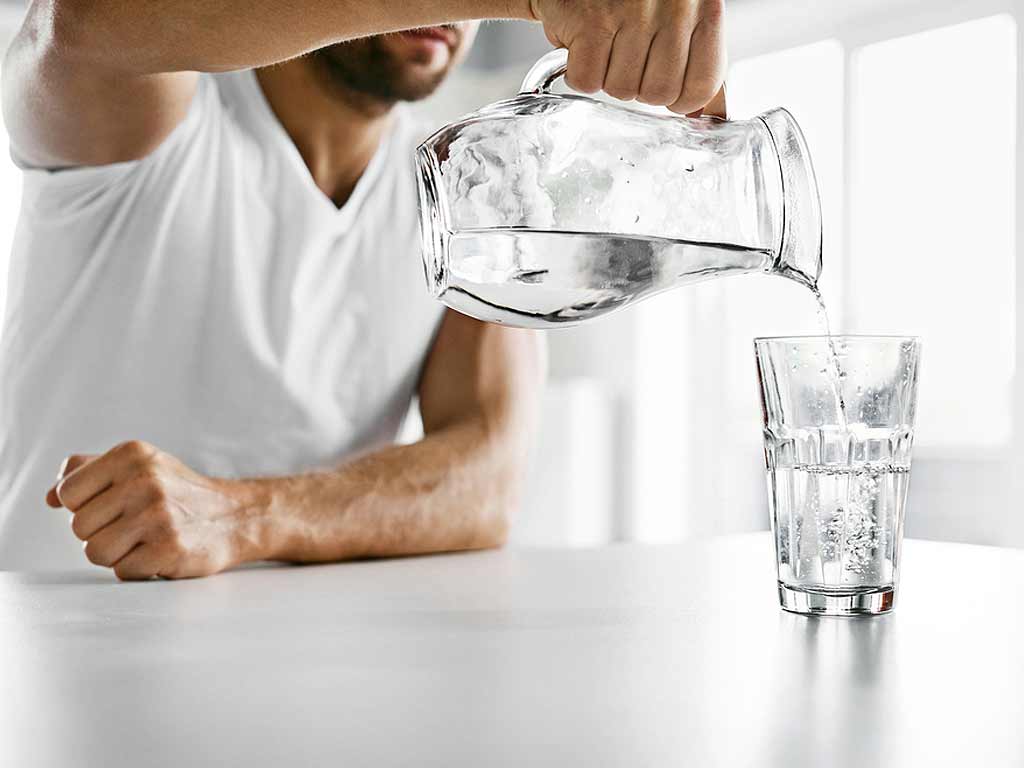Did you know that some NYC water may still be contaminated with lead? In 1986, lead pipes and plumbing fixtures were banned for commercial, residential, and city plumbing alike. From that point on, not a single pipe or fixture was installed that contains lead. As we know now, this was done to prevent the debilitating and potentially deadly effects of lead poisoning which can cause illness and brain damage in both children and adults. Now, most American cities no longer need to worry about the risks of such poisoning.

But in NYC, there is still a danger. Residents in older neighborhoods and buildings still need to be aware of the signs of lead poisoning and fear it’s long-term effects if undetected. How can your NYC water still be contaminated with lead after the ban? That’s what we’re here to talk about today, along with how to detect lead and what you can do about it.
How Can There Be Lead in NYC Water?
New York City is one of the oldest cities in the nation, founded as New Amsterdam by the Dutch back in the early 1600s. Its first buildings are older than the country itself and range from 255 years old to brand new. Considering that lead pipes have only been banned for about 30 years, it’s easy to see how infrastructure before the lead ban could still be around.
Ostensibly, businesses and property owners were supposed to strip out and replace their lead pipes to ensure the safety of residents and occupants, but few directives are ever completed 100%. In this large city with many thousands of miles of pipes above and below ground, it was inevitable that a few lead pipes or lead-alloy fixtures would be missed, forgotten, or overlooked during the lawful upgrades.
So is there still lead in the extensive NYC pipe system? Unfortunately, yes. Somewhere in the miles of pipes laid by the city and by private property owners, lead still exists because the city is so old it’s nearly impossible to find every single lead pipe, joint, and bolt in the system.
How Lead Gets into Your NYC Tap Water
Now that you know why there’s still lead in the city’s vast plumbing system, it’s also easier to see how it might get into your home or business tap water. With just one lead pipe or fixture between the water treatment plant and your faucets, there’s a chance that dangerous trace particles of lead could still be leaching into the water. It might be in the water main line. It might be underground in your building’s basements, or in a hard-to-reach section of pipe in the walls.
It might be in your neighbor’s pipes, with whom you share a last-mile connection. It might be a single nut, bolt, or washer in the line that no one suspected of being lead. But when tap water rushes past it, the lead releases dangerous heavy-metal particles that can harm you and your family.
Signs of Lead Poisoning
Lead poisoning occurs when lead builds up in the body, often over months or years. Even small amounts of lead can cause serious health problems. Children younger than 6 years are especially vulnerable to lead poisoning, which can severely affect mental and physical development. At very high levels, lead poisoning can be fatal. [Mayo Clinic]
- Developmental delay
- Learning difficulties
- Irritability
- Loss of appetite
- Weight loss
- Sluggishness and fatigue
- Abdominal pain
- Vomiting
- Constipation
- Hearing loss
- Seizures
- Eating things, such as paint chips, that aren’t food
Testing for Lead in Your Tap Water
There are two different ways to reliably test for lead content in your tap water if you are concerned for the health of the residents. Many people start with a home test kit to see if there are trace elements of heavy metals in their tap water. If a positive is given, these tests can be a quick and efficient way to determine if you need to take action.
The most reliable way to test for lead is to get a water inspection from your local NYC plumbing service. Plumbing experts will perform a high-quality test to determine if your water is picking up lead along the line or if it is clean and safe to drink.
What to Do About Lead in Your NYC Water
If you do detect lead in your water, don’t worry. The source can be found, and there are solutions. If there is lead coming in from your water main, that means there is lead along a line you don’t control. So the answer will be to install a building-wide water filtration system.
However, if the lead element is somewhere in your home or building, point testing can help you find it. Essentially, you ensure the water from the main connection is clean, then test every faucet to determine which section of your pipes contains the lead pipe or fixture. From there, it’s simply a matter of hunting down the piece or section and replacing it. An expert plumber can help you even if the lead piece is hidden deep inside your walls, basement, or attic.
Are you worried about lead in your NYC tap water? In this ancient American city, older buildings and pipes may still contain this serious health risk. For more information about how to detect, locate, and repair lead in your NYC water, contact Aladdin Plumbing today. Our team specialized in exactly this kind of work so you can drink your tap water free from worry or risk.
